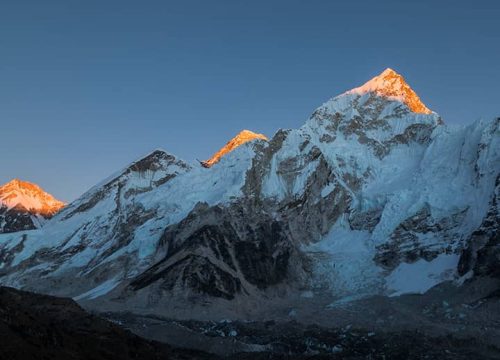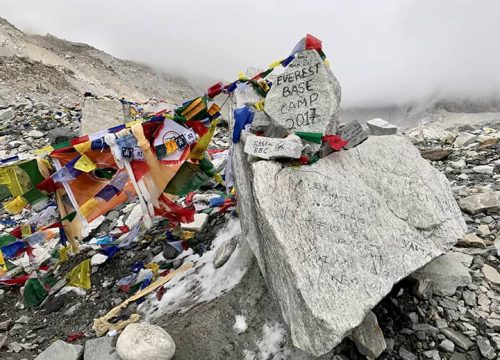Ever since Nepal first opened its borders to outsiders in the 1950s, responsible trekking in Nepal has become a must for travellers, adventurers, and mountaineers who want to explore the Himalayas sustainably. Today, legions of trekkers are drawn to the Himalayas’ most iconic hiking routes, following ancient caravan trails and the footsteps of early expeditioners to Everest, the Annapurna’s, and beyond.
But tourism is a double-edged sword. While villages along Nepal’s main trekking circuits have benefited economically, the rising number of visitors—and the increasing demand for comforts like hot showers, internet, or pizza—can strain scarce local resources. This may threaten the very environment and culture that trekkers come to experience. To help minimize your footprint, here are some tips for responsible trekking in Nepal.
Choosing Your Trek
Before venturing into the hills, consider your trekking style. Are you planning to trek independently, carry your own gear, or join an organized group trek? Budget, comfort level, intended route, and environmental impact should guide your choice. Independent trekking can spread economic benefits to smaller villages, reduce localized environmental stress, and allow for acclimatization at your own pace.
Independent Trekking
Popular treks like the Annapurna Circuit and Everest Base Camp are supported by well-managed teahouses. Choosing where to stay and spending money responsibly supports local communities while encouraging sustainable practices. Independent trekkers can also explore lesser-visited villages, reducing crowding and environmental strain.
Group Trekking
Organized treks allow access to restricted regions such as Humla, Inner Dolpo, and the Manaslu Circuit, where lodges may have been damaged by the 2015 earthquake. Always check the sustainability credentials of trekking agencies, as some donate a portion of proceeds to community development.
Hybrid Trekking
Independent trekkers may still hire a local guide or porter. Guides are familiar with routes, language, and meals, while porters carry gear. Always ensure proper care for porters and guides, including clothing, medical insurance, and acclimatization. For example, KEEP runs a porter clothing bank in Thamel and welcomes donations of used trekking gear.
For sensitive Tibetan-influenced regions like Upper Mustang and Nar Phu, a guide is mandatory. Permits for these restricted areas are tightly controlled and issued only to accredited trekking agencies.
Trekking For A Cause
Adventure fundraising is an option for supporting charities, but consider the ethics—ensure that fundraising is self-financed and benefits local causes. Volunteering time and skills in communities along trekking routes is another meaningful option. Many companies offer opportunities to help rebuild schools and community buildings affected by the 2015 earthquakes.
By planning a responsible trek in Nepal, you can experience the beauty of the Himalayas while minimizing your impact, supporting local communities, and protecting the natural and cultural heritage of this extraordinary country.





